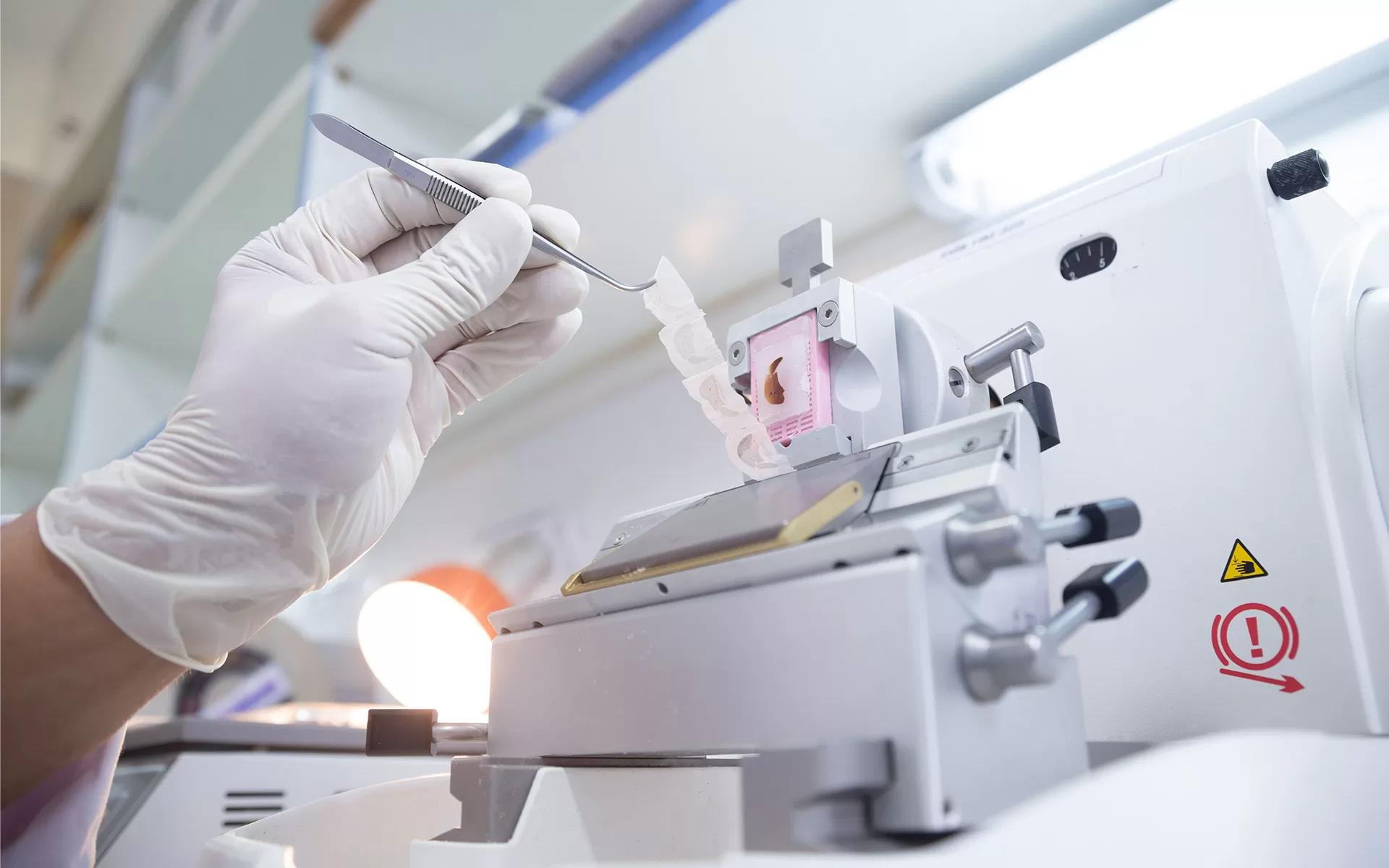
The global Remote Patient Monitoring Devices Market is estimated to be valued at US$ 1,192.5 Mn or in 2023 and is expected to exhibit a CAGR of 7.4% over the forecast period 2023 to 2030, as highlighted in a new report published by Coherent Market Insights.
Market Overview:
Remote patient monitoring (RPM) devices allow continuous monitoring of patients’ vital signs and physiological data outside of healthcare facilities, enabling earlier detection of potential health issues. These devices include blood pressure monitors, glucose monitors, heart rate monitors, respiratory monitors, and multi-parameter monitoring devices. They help facilitate proactive patient care management and reduce healthcare costs by minimizing unnecessary hospital admissions and emergency room visits. RPM devices equipped with advanced connectivity such as Wi-Fi, Bluetooth, and 3G/4G technology enable transmission of real-time patient data to healthcare providers for timely clinical intervention.
Market key trends:
The incorporation of artificial intelligence (AI) and internet of things (IoT) capabilities in RPM devices is gaining significant traction. AI-powered analytics of the massive patient data collected through these devices helps physicians gain deeper insights into patients’ conditions and detect adverse health trends in early stages. Meanwhile, IoT connectivity facilitates continuous remote monitoring of high-risk patients and automated alerts in emergency situations. Leading players are extensively investing in developing AI-based RPM solutions to enable predictive, preventive, and precision care. In addition, the adoption of RPM services is increasingly being driven by the rising prevalence of chronic diseases worldwide coupled with the need to reduce healthcare costs. This is expected to propel the remote patient monitoring devices market growth over the forecast period.
Porter’s Analysis
Threat of new entrants: The remote patient monitoring devices market has moderate threat from new entrants given the need for large investments required for R&D and production of medical devices.
Bargaining power of buyers: The bargaining power of buyers is high due to presence of many established players providing differentiated products. Buyers can negotiate on price and demand additional services.
Bargaining power of suppliers: The bargaining power of suppliers is moderate as there are many suppliers for raw materials and components used to manufacture remote patient monitoring devices.
Threat of new substitutes: Substitutes have low threat as remote patient monitoring devices provide convenience of monitoring patients outside healthcare facilities reducing necessity of visits.
Competitive rivalry: The competitive rivalry is high due to presence of few large players and many small-mid sized players. Players compete based on pricing, quality, service and innovation.
Key Takeaways
The global remote patient monitoring devices market is expected to witness high growth, exhibiting CAGR of 7.4% over the forecast period, due to increasing geriatric population suffering from chronic diseases requiring long term monitoring. The market size for 2023 is US$ 1,192.5 Mn.
North America dominates the remote patient monitoring devices market currently owing to supportive regulatory environment, higher healthcare spending and presence of leading players. Asia Pacific is expected to exhibit fastest growth over the forecast period driven by growing medical tourism, increasing prevalence of chronic diseases and improving healthcare infrastructure.
Key players operating in the remote patient monitoring devices market are Abbott Laboratories, GE Healthcare, Omron Healthcare, Medtronic PLC, Nihon Kohden, Smiths Medical, Philips Healthcare, F. Hoffmann-La Roche Ltd., Koninklijke Philips N.V., Siemens Healthcare GmbH and Cerena Corporation. Key players are focusing on new product launches, collaborations and geographic expansions to strengthen their market position.



